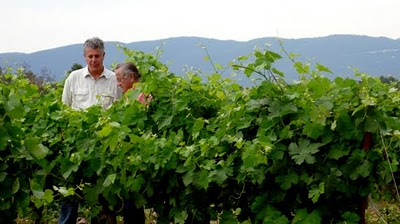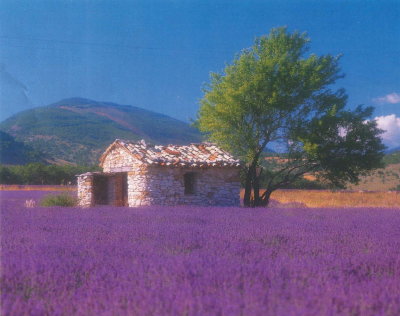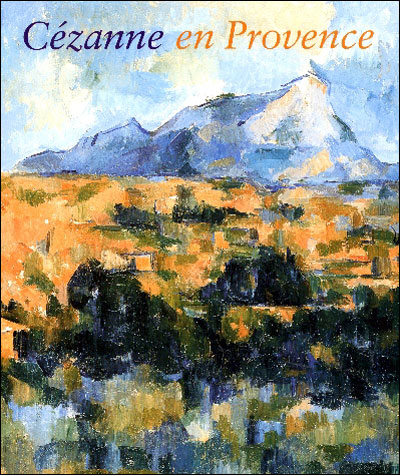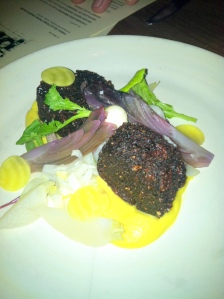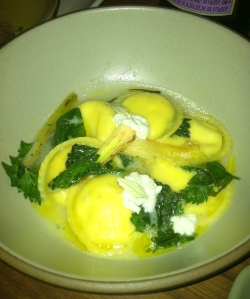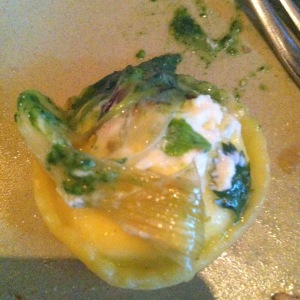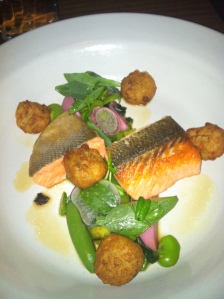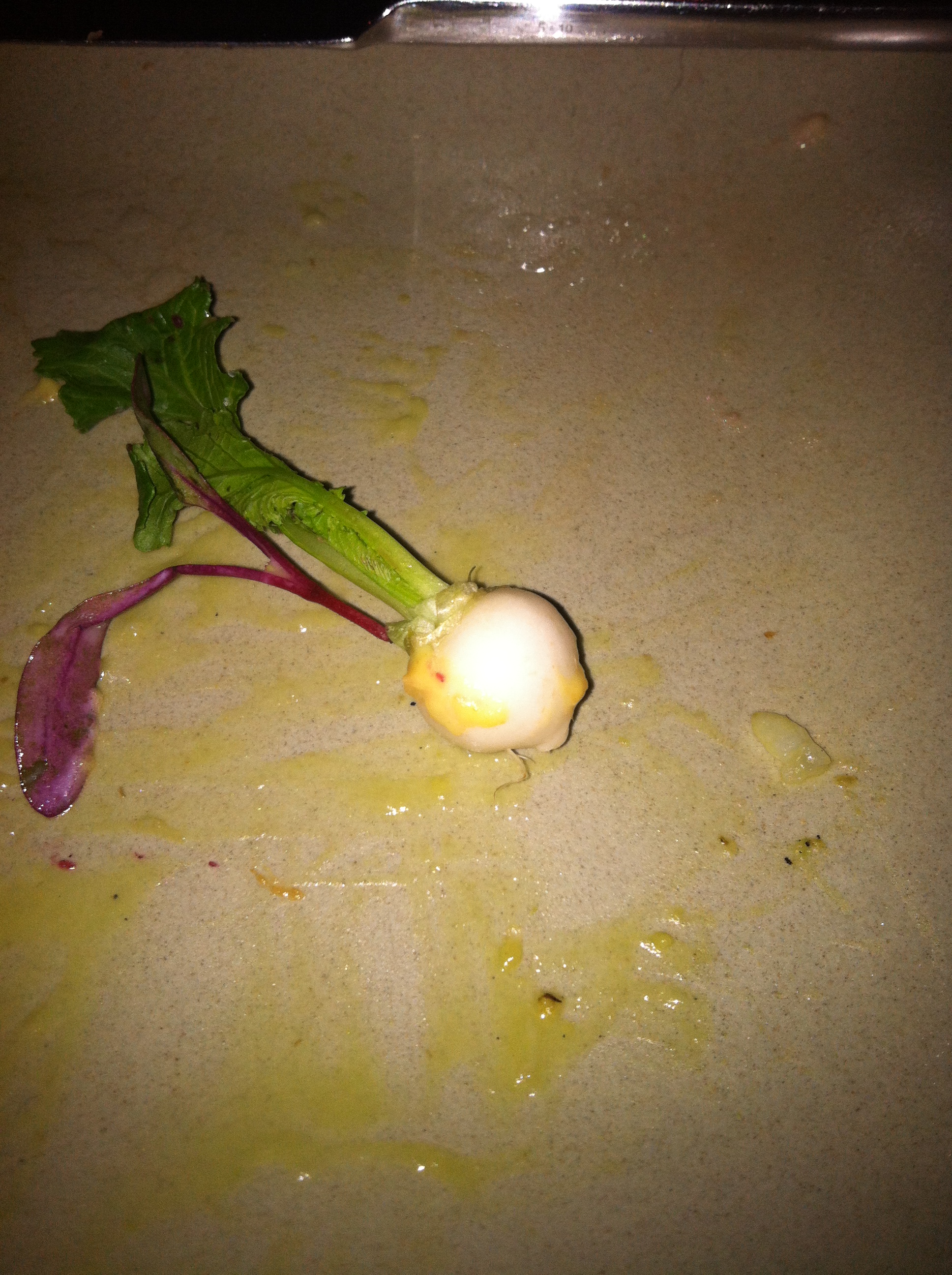Read The Women by T.C. Boyle. It’s really good. End of book review and on to the juicy stuff.
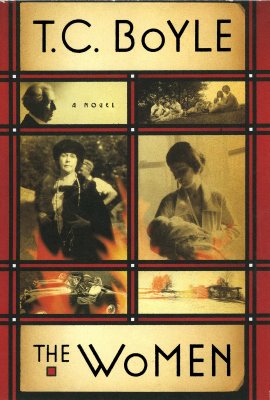
Boyle’s tale of Frank Lloyd Wright’s relationships with women is intriguing — a pastiche of story-telling based on solid factual research.
I’ve been a fan of Frank Lloyd Wright for many years. I’ve visited his home and studio in Oak Park many times and I’m always happy when a visitor wants to take the tour. I’ve been intrigued by his story and the depth of his magnetism. It’s kind of amazing how this arrogant and self-centered man was able to inspire love and almost slavish devotion from the people around him.
Sometimes what I write doesn’t end up where I intended it to go when I began.
Clearly this is more than a book review because I’m a history nerd.
After we read Loving Frank in book club, we decided to do a pilgrimage to Spring Green, Wisconsin, to visit Taliesin and I wrote about it here. We have also visited Taliesin West in Arizona, Falling Waters in Pennsylvania, and the local FLW shrines, including Unity Temple.
When I read books about Frank Lloyd Wright and his designs, his houses become characters on their own.
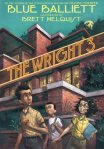 Blue Balliett’s YA novel, The Wright 3, is a good example of this. Wright’s Robie House near the University of Chicago is the setting of this novel, and I couldn’t wait to go visit it after reading the story. The physical connection I get to the houses through the text is hard to resist and apparently I’m not the only one. If you’re going to be in the area with your children, read the book together and then take the house tour designed to connect with the book — or just do it yourself cause it’s worth it!
Blue Balliett’s YA novel, The Wright 3, is a good example of this. Wright’s Robie House near the University of Chicago is the setting of this novel, and I couldn’t wait to go visit it after reading the story. The physical connection I get to the houses through the text is hard to resist and apparently I’m not the only one. If you’re going to be in the area with your children, read the book together and then take the house tour designed to connect with the book — or just do it yourself cause it’s worth it!
Given all that history, it’s not surprising that I just lapped up The Women hungrily. Told through the reflections of a fictional Japanese apprentice, T.C. Boyle has given us another intense visit with Wright and the women who loved him. He traces the stories of Wright’s three wives and his mistress backwards, and as the story unfolds, questions are answered and links become clear. It’s a difficult narrative construct to do effectively, but it didn’t drive me too crazy. I wish there had been more about first wife Kitty and how she really coped with Wright’s desertion of her.
I’m a firm believer in the power of chance and there are several chance encounters that led to the writing of this book and the writing of this post.

T.C. Boyle bought and renovated Wright’s George C. Stewart house (1910)
T.C. Boyle is the author of many successful books as well as being a professor at UCLA, and apparently he had enough money to purchase and renovate Wright’s George C. Stewart House in Montecito, California. In this interview, he talks about how his fascination with Wright grew after living in one of his homes. I can truly see how that would happen.
On our recent trip to California, we visited the Claremont Hotel in Berkeley. I was deep into The Women, visualizing FLW striding around in his cape and hat, and suddenly, there he was on the wall of the Claremont. Of course I took a photo (as I do incessantly).

Wright loved the Claremont, and designed a wedding chapel for the hotel in 1957 at age 88. It was never built, but its design was organic yet modern, as all of his work was.

In researching the wedding chapel design, I ran across the website of this Italian architect, who has redesigned Wright’s work using specific design principles.
I’m a great reader, but a lousy book reviewer, as you can see.
I get too caught up in the human stories surrounding authors and their subjects to ever make a living writing book reviews. I’m glad you stuck with me through this visit with Frank Lloyd Wright, and I highly recommend The Women if you have been intrigued by my story today.







